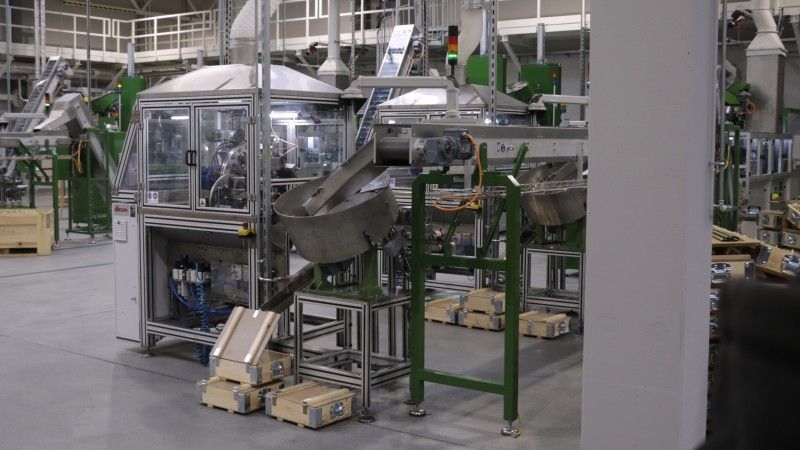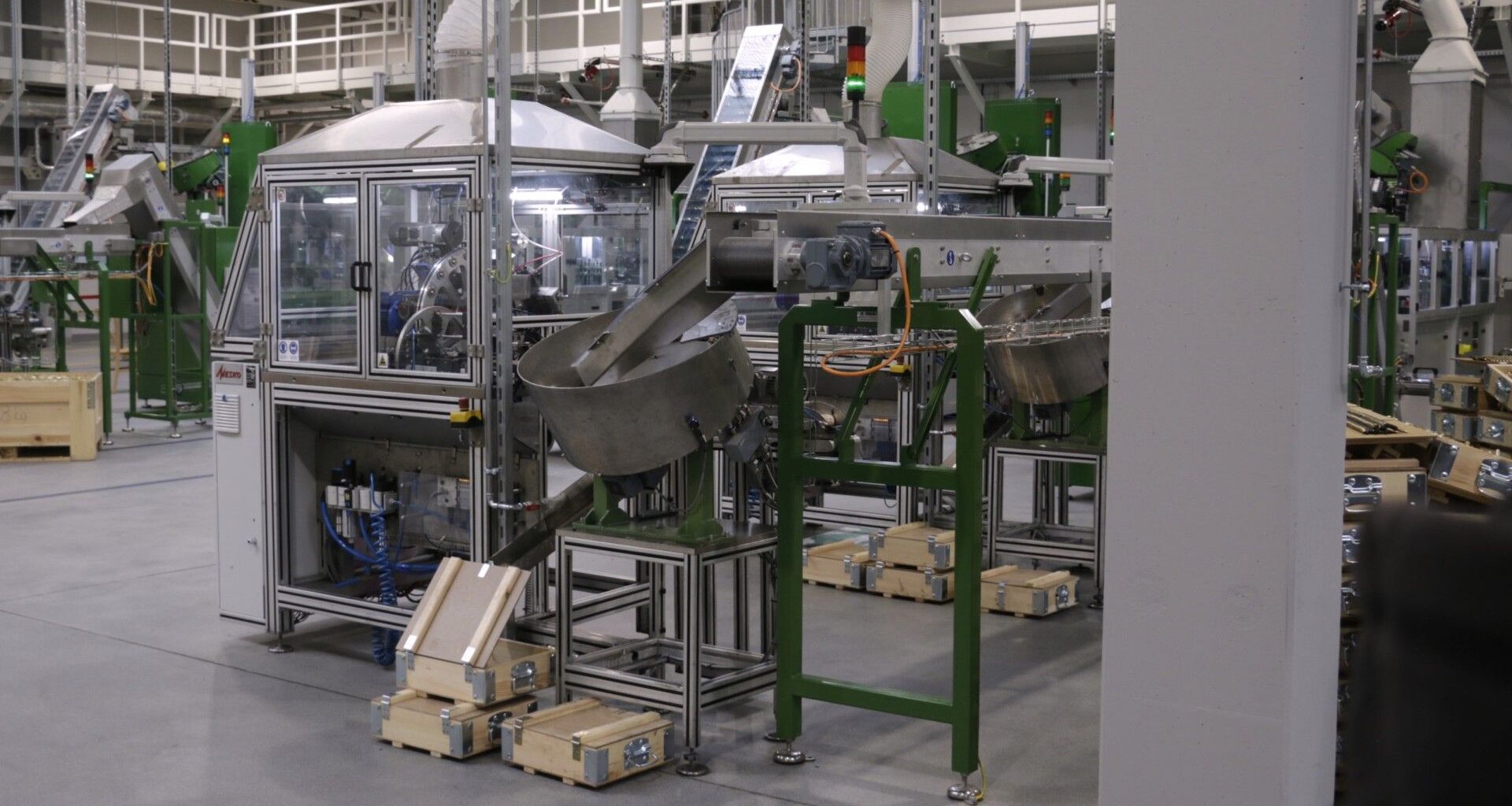
New production lines at Mesko plants
Photo. Jakub Borowski, Defence24.pl
Recent months have brought a significant shift in European ammunition production. How much have investments in this key issue for collective security accelerated?
“Since February 2022, Europe’s annual ammunition production capacity has increased from 300,000 to around two million rounds per year,” said EU Commissioner for Defence Andrius Kubilius in an interview with theFinancial Times. The Lithuanian politician’s words confirm the profound changes in how European NATO members think about producing this highly scarce commodity.
Investments on the Rise
The substantial increase in ammunition output is the result of extensive expansion of production facilities. Satellite observations made by Sentinel-1 satellites (operated by the European Space Agency) covered 150 factories belonging to 37 defense companies.
From nearly one thousand satellite passes, it was determined that in 2020–2021 there were close to 800,000 square meters of new defense industry investments, while in recent months this figure has reached almost three million square meters. This includes not only the factories themselves, but also new roads and tree clearing for further expansion. “These are deep, structural changes,” former NATO Director for Arms Control William Alberque told the „FT”.
The outlet points to many well-known European companies that have made significant investments in recent years. These include Germany’s Rheinmetall, Hungary’s N7 Holding, and the UK’s BAE Systems, all contributing to the aforementioned two million rounds of annual ammunition production in Europe. Poland has also played its part in this result. Just a few days ago, the country’s prime minister announced that in 2025 Warsaw will produce 30,000 155mm shells, but thanks to ongoing investments (for example by PGZ), in two years’ time production could reach as many as 200,000 shells annually.
The Impact of ASAP
These investments are the result of increased public spending as well as European Union funding, including from the ASAP program (The Act in Support of Ammunition Production). As an example, the „FT” cites Kongsberg, where the construction of a new missile factory was financed with USD 62 million from the state budget, with an additional USD 10 million coming from the aforementioned program adopted by the European Commission. Overall, ASAP funds have contributed to the expansion of more than thirty of the 90 facilities monitored by satellites. It is worth noting, however, that a significant portion of defense companies’ investment decisions were made even before the program was implemented.
Finally, an important but not entirely optimistic note: according to the „Financial Times”, experts believe that “actual production in Europe will likely be significantly lower than potential production capacity.” Why? That could be the subject of a separate, in-depth analysis.
